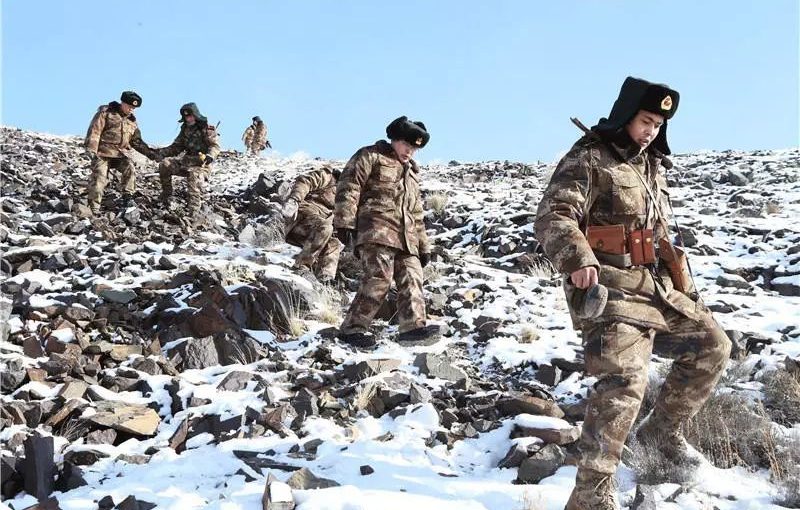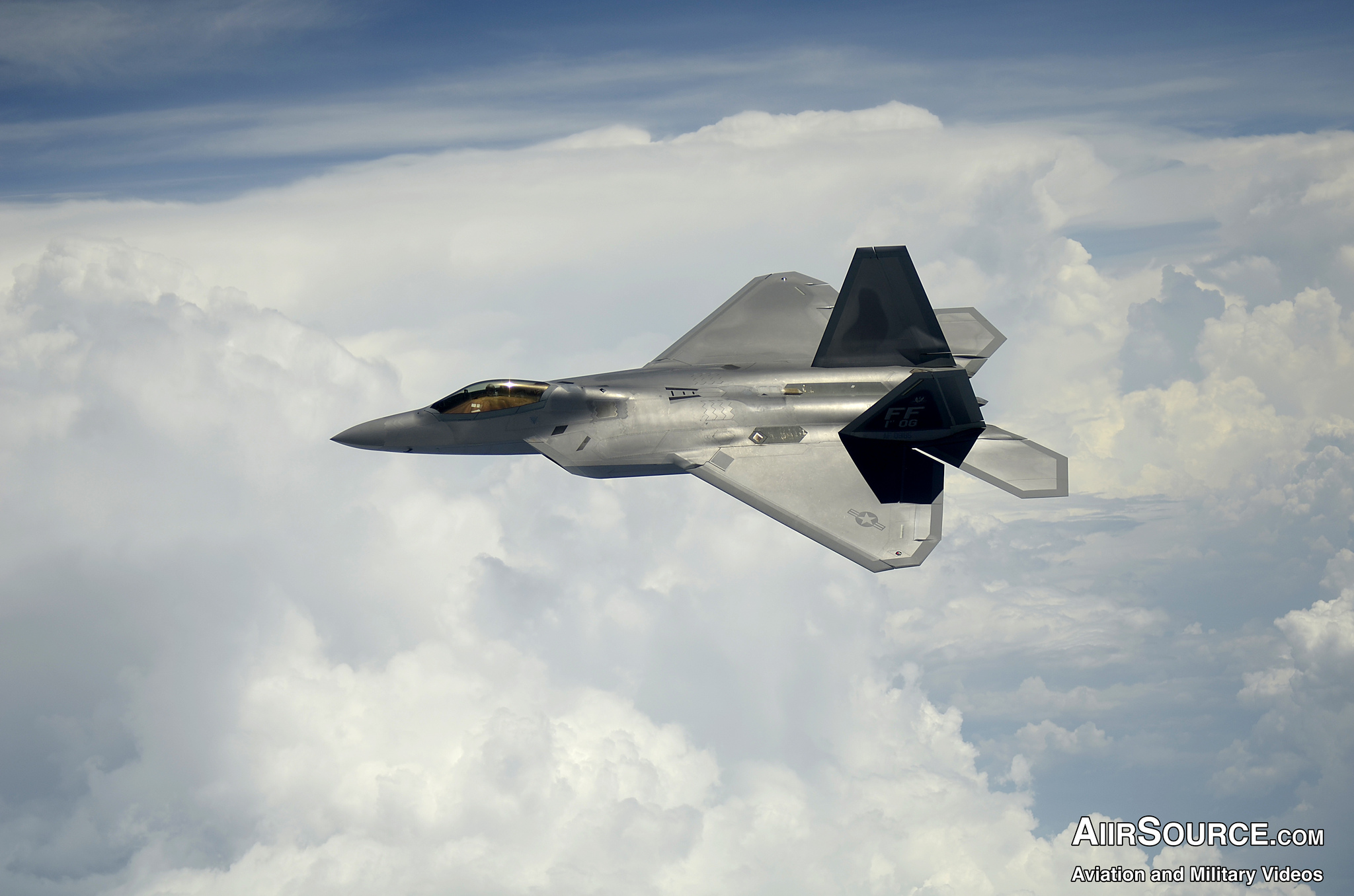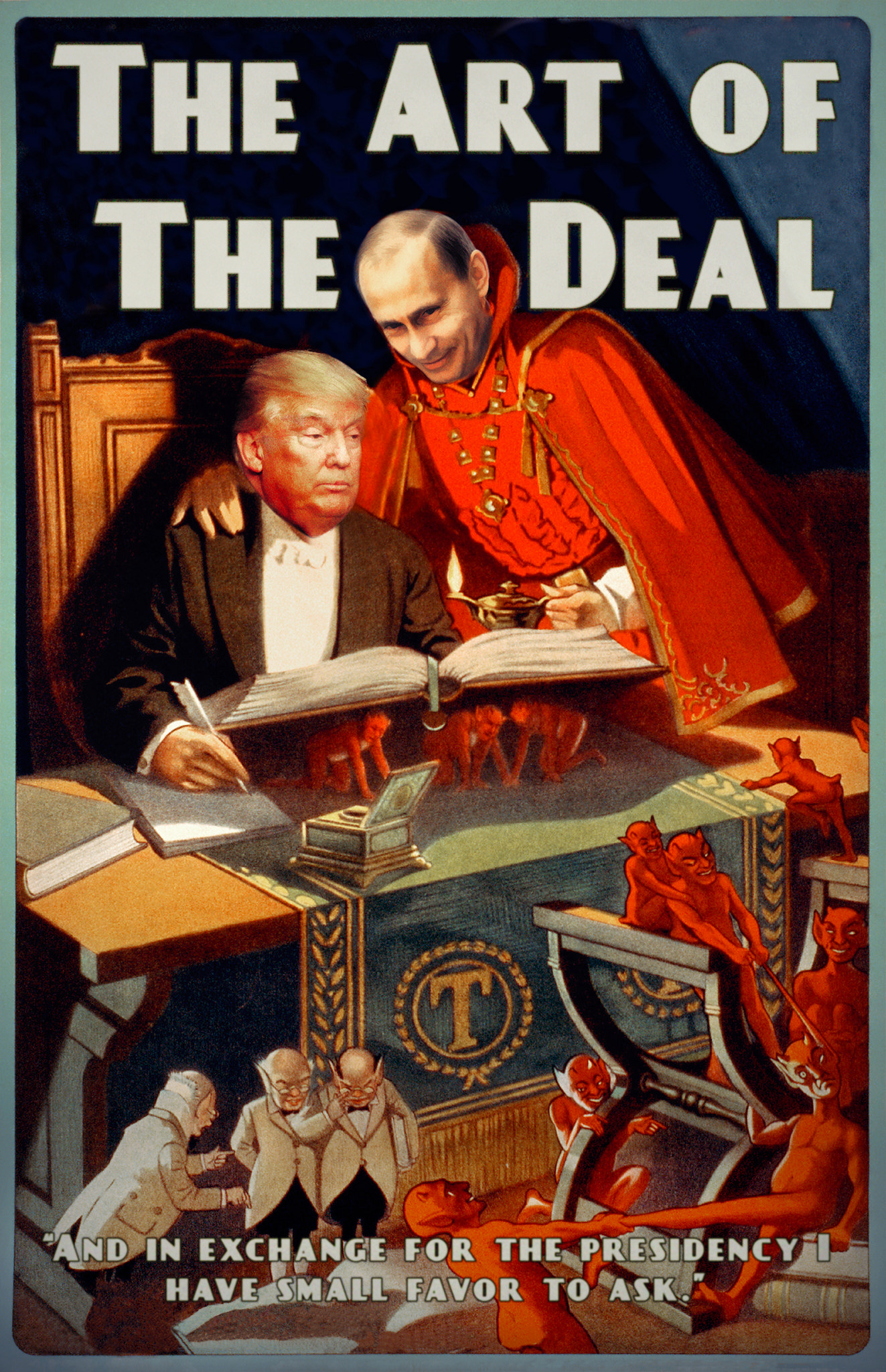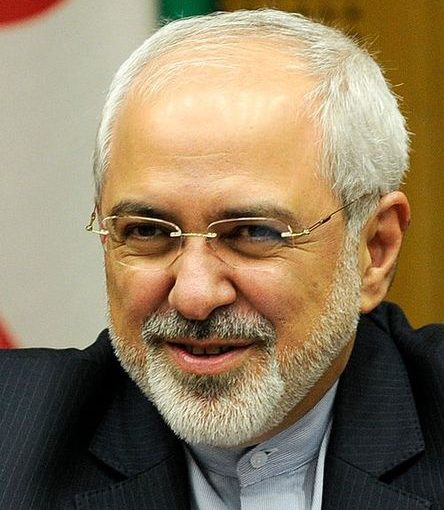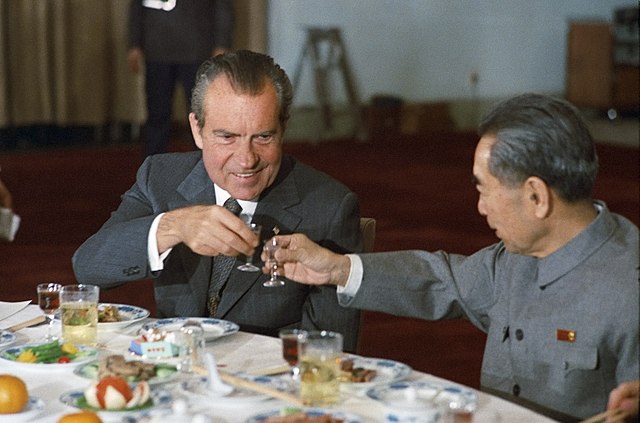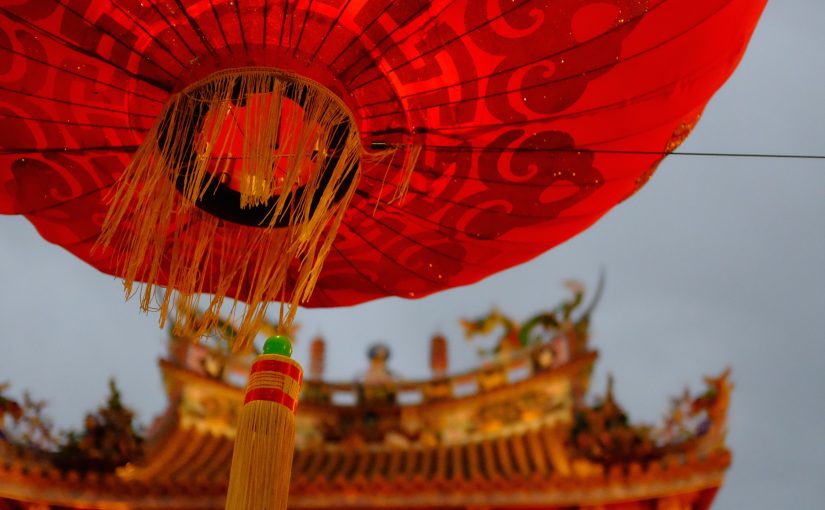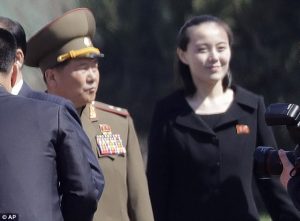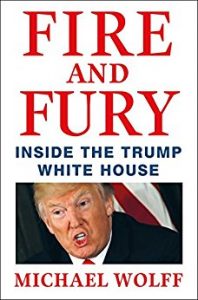by David Parmer / Tokyo
In November 2017, RG21’s own Bill Lee posed the question: “Where will China’s next overseas military base be?” The answer seems to be Afghanistan, and the explanation is a bit complicated.
The next “base” will probably be in Afghanistan’s Wakhan corridor, a 350km-long and 13-65km wide valley that separates Afghanistan’s Badakhshan Province from Tajikistan in the north and Pakistan in the south.
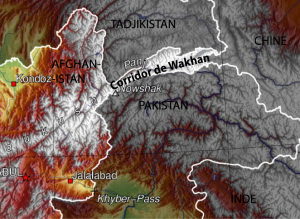
What makes the Wakhan corridor of vital interest to the PRC is its 92km border with China at the eastern end. In recent years, the far West of China has had significant unrest with its Uighur minority. Xinjiang is a real worry to Beijing, mainly because of the East Turkestan Islamic Movement (ETIM), a separatist Uighur group that is on the US Terrorists Exclusion List. In addition to ETIM there is the TIP or Turkestan Islamic Party, a similar jihadist group.
Uighur fighters and their families have been involved in the Syrian conflict and Uighur Foreign Fighters (UFF) are reported to be active in Southeast Asia in countries including Malaysia, Indonesia and Thailand. China’s worry is that, one day, radicalized and military-savvy Uighurs will return to Xianjing and greater China. ETIM has also allied itself with the Taliban.
(In February 2018 US forces under NATO conducted an airstrike on Taliban and ETIM facilities in Badakhshan causing significant damage.)
Which brings us back to the Wakhan corridor. Now Beijing and Kabul are reportedly in talks to build an Afghan army base in the Wakhan. China will supply equipment, training, and weapons for an Afghan mountain brigade that would deal not only with the Taliban, but also with ETIM in the region. Despite denials, there are also persistent reports of Chinese troops, patrols, and vehicles in Afghan territory. Before too long we may see a significant number of Chinese “trainers” in action in Badakhshan. Kabul’s footprint has been light in Badakhshan province, an area where the Taliban extorted funds from the gems and drug trade.
A “base” in the Wakhan corridor serves China’s interests in its war on terrorism and can add security to its Belt and Road initative. The bolstering of Afghan control of one of its most remote regions can also be considered a very good thing, something that the NATO mission as well can only appreciate.
Photo: PLA on patrol in Xianjiang. China MOD
Map: Wikipedia
US forces attack Taliban and ETIM
 日本語
日本語 English
English 中国語
中国語